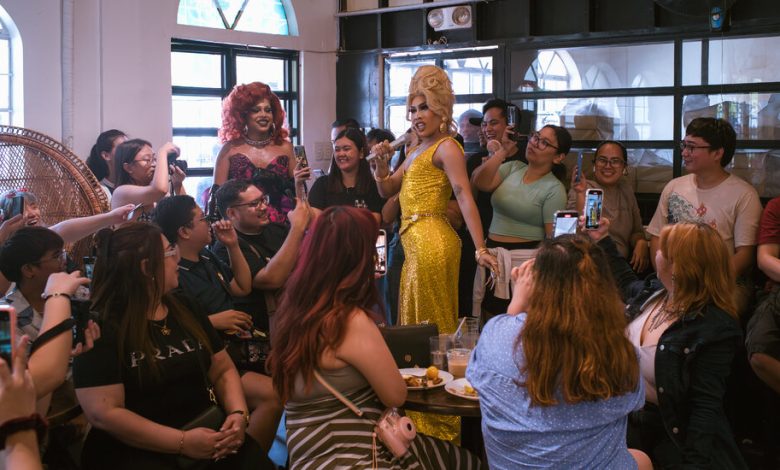Drag Goes Mainstream in the Philippines, a Bastion of Christianity

Before he put on the glittery neon yellow tasseled jumpsuit, donned the yellow wig, and lip synced and danced onstage under colorful spotlights, Paul Hidacan went through his preshow routine in a busy dressing room. He pulled out a small white Bible from his bag, sat down and read a verse.
“I grew up in my church,” said Mr. Hidacan, 21, who has attended service in cropped tops, skirts and boots, and started performing in drag last year. “I know there are some who raise their brows when they see me, but the pastors accept me.”
In many places in the Philippines, drag is becoming more mainstream, and more popular. It is no longer confined to comedy bars, gay pageants and L.G.B.T.Q. spaces. New clubs devoted to drag are opening. Drag queens are on fashion magazine covers, and are pitching name-brand products like MAC Cosmetics, Shell gasoline, Durex condoms and Samsung phones. Students of at least one public university recently held a drag competition.
The new visibility of the art form has come largely because of changing mores around religion and gender, as well as the runaway success of the global TV franchise “RuPaul’s Drag Race.”
But for many performers, drag is not only a cultural phenomenon, but also a political statement promoting social justice and gay rights that they hope will transform Philippines society even more.
